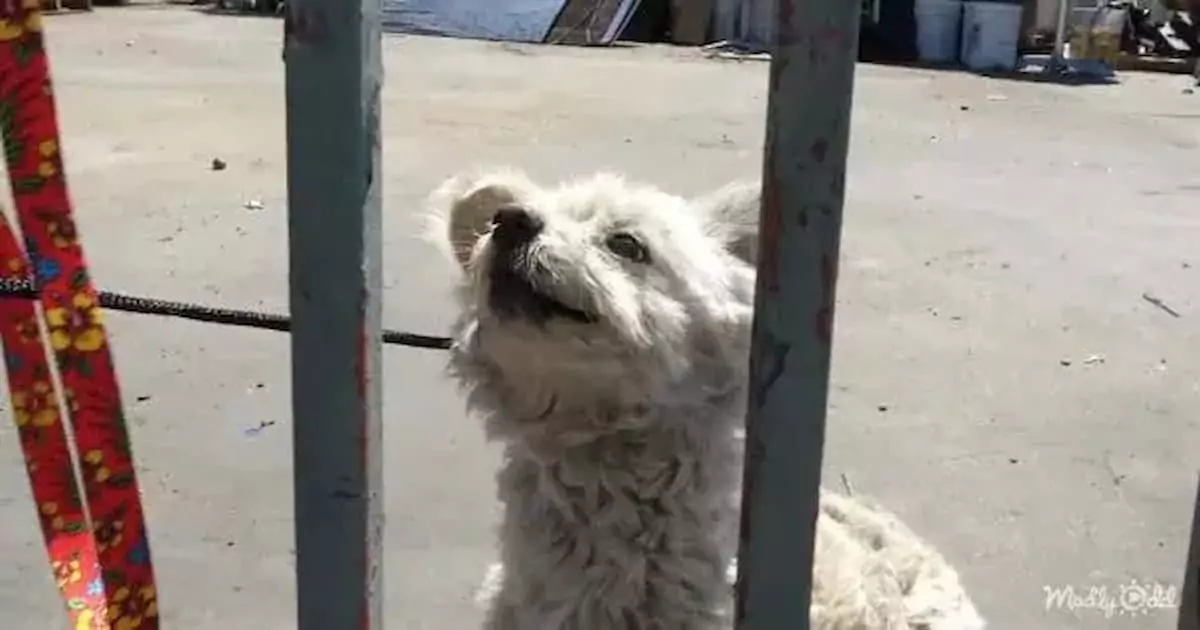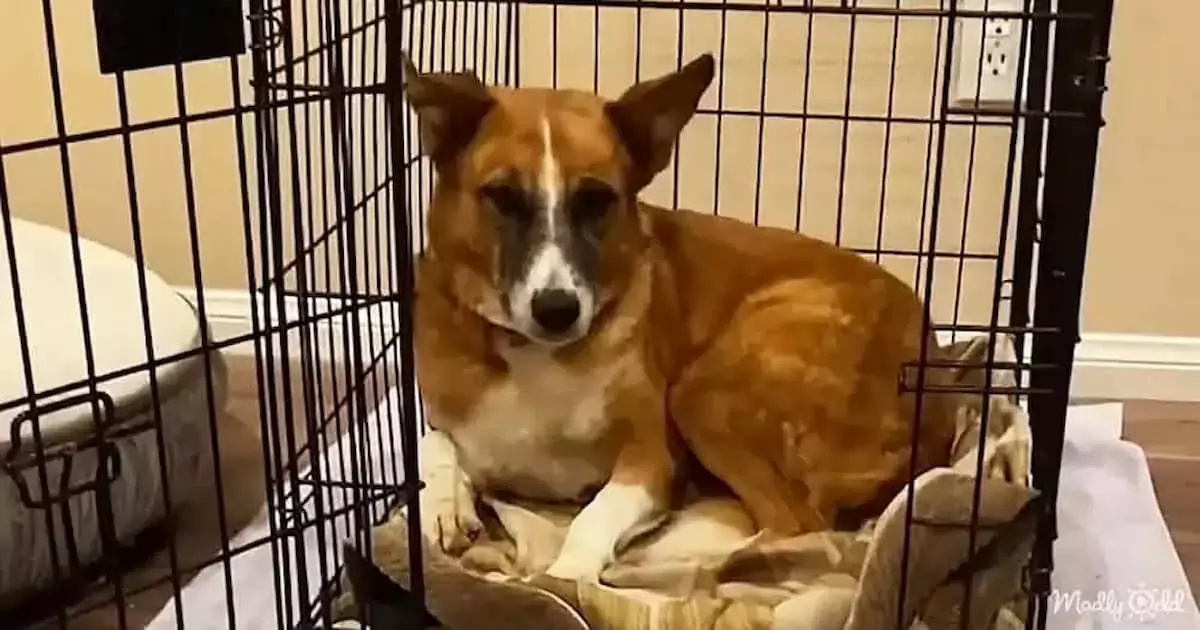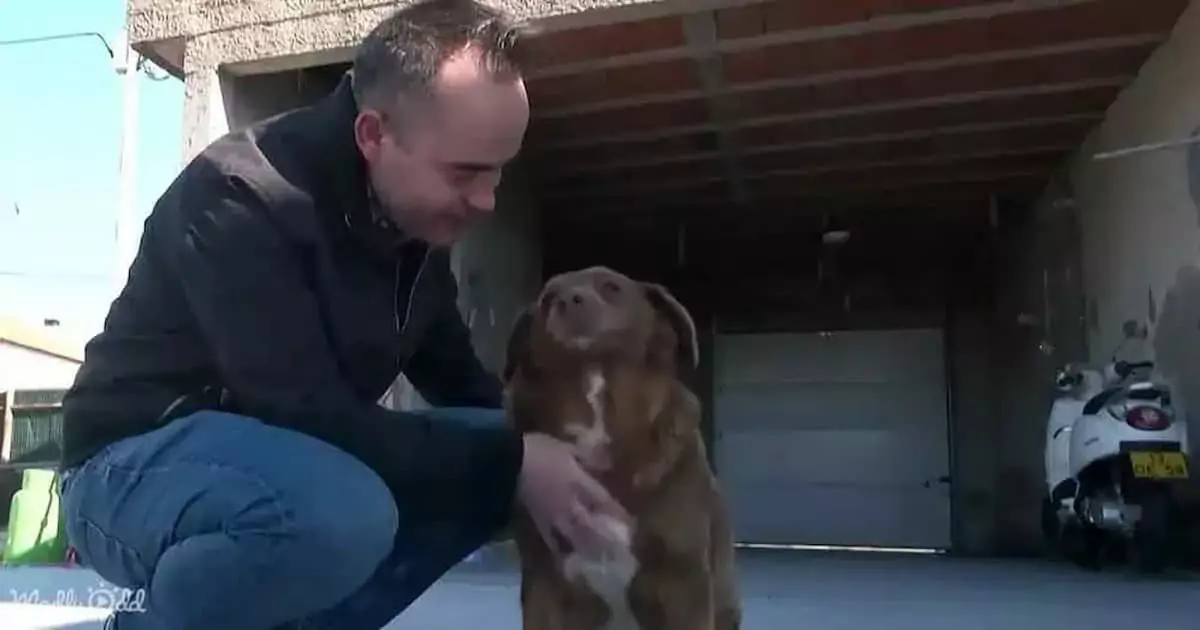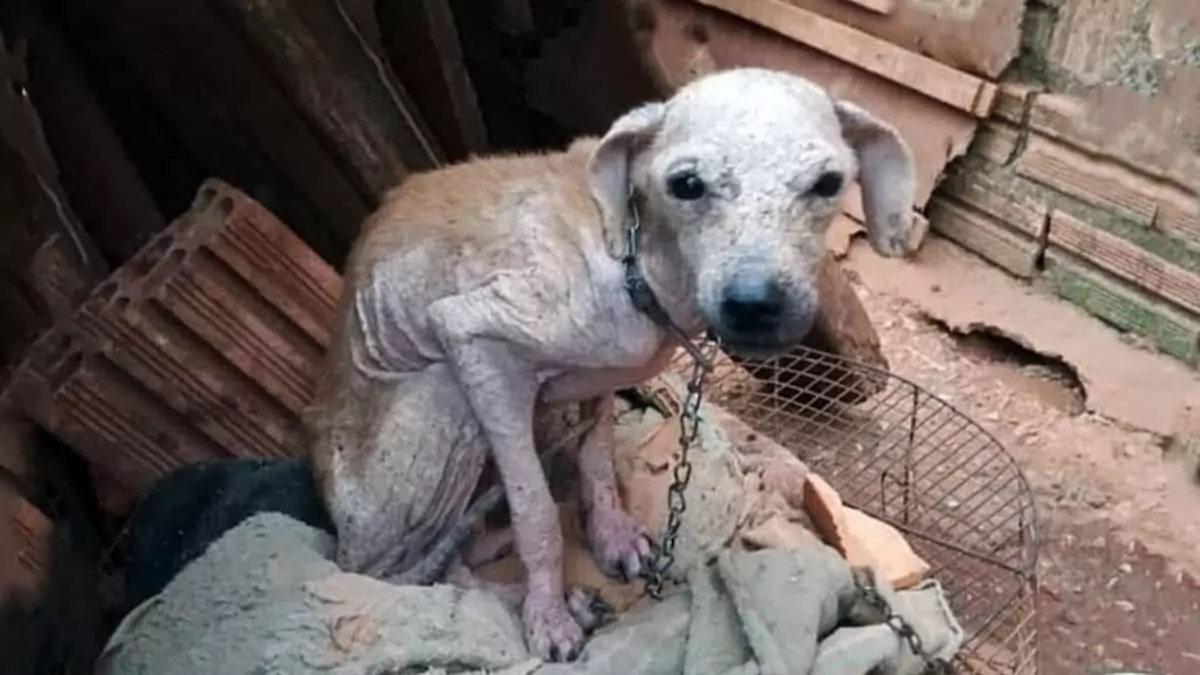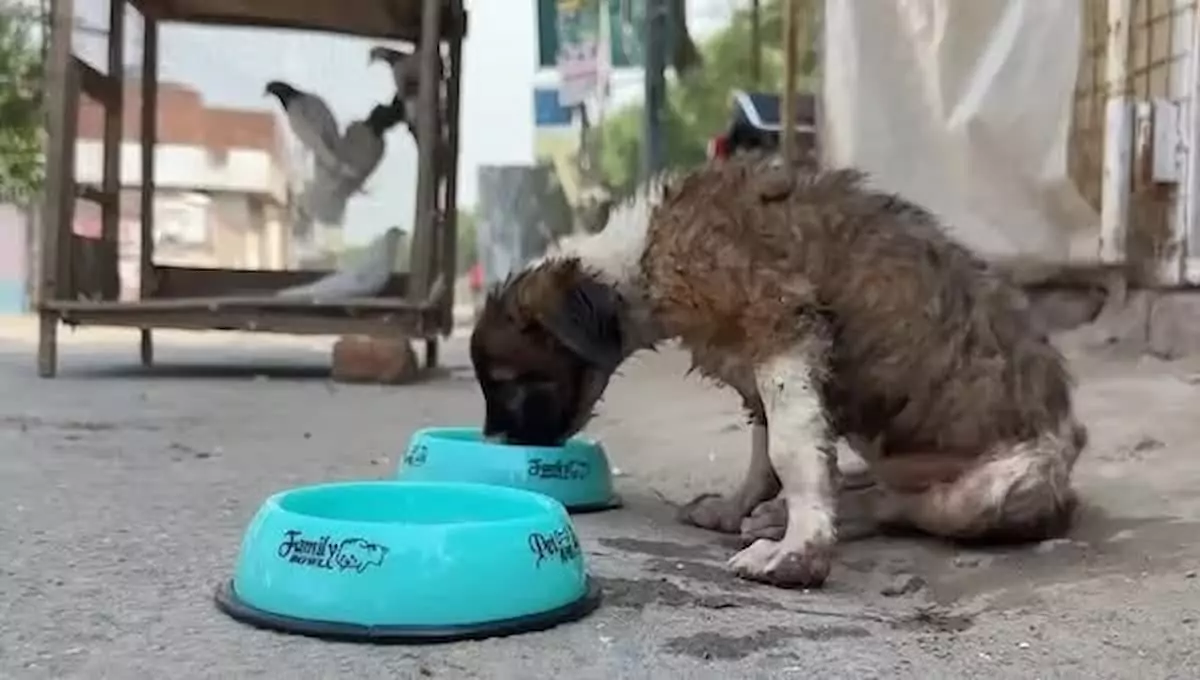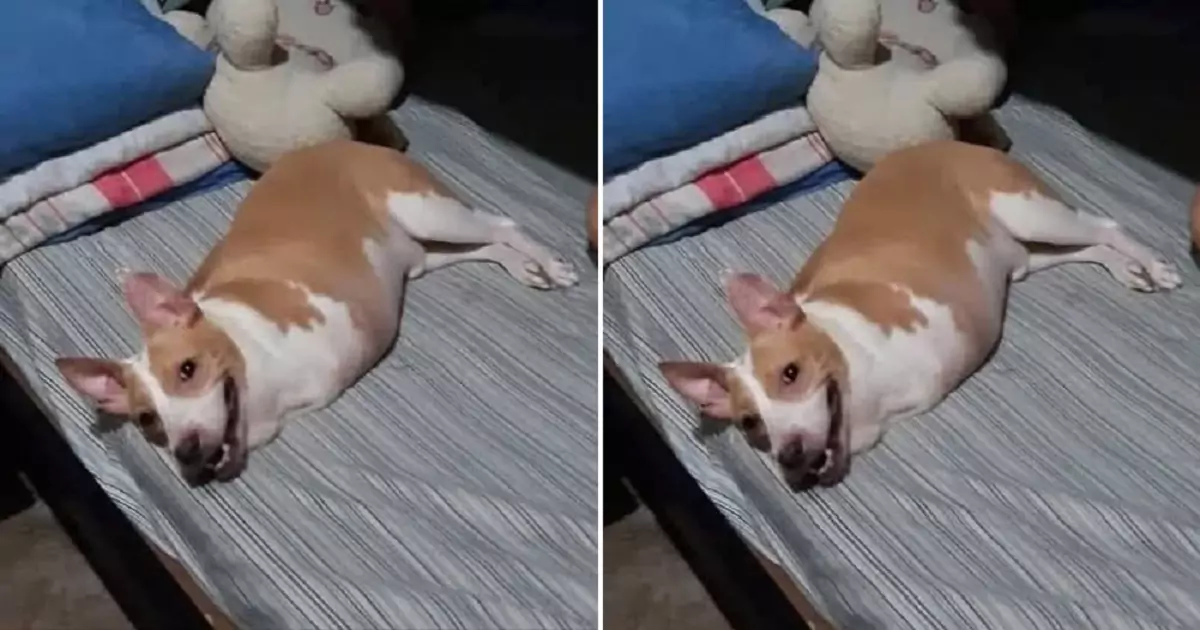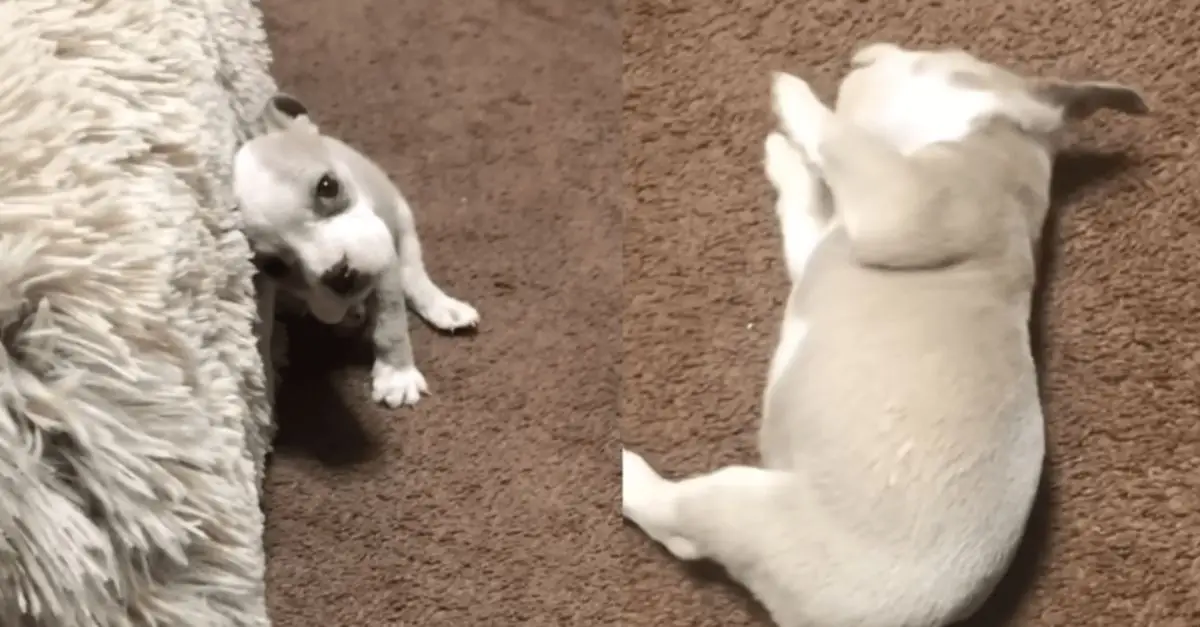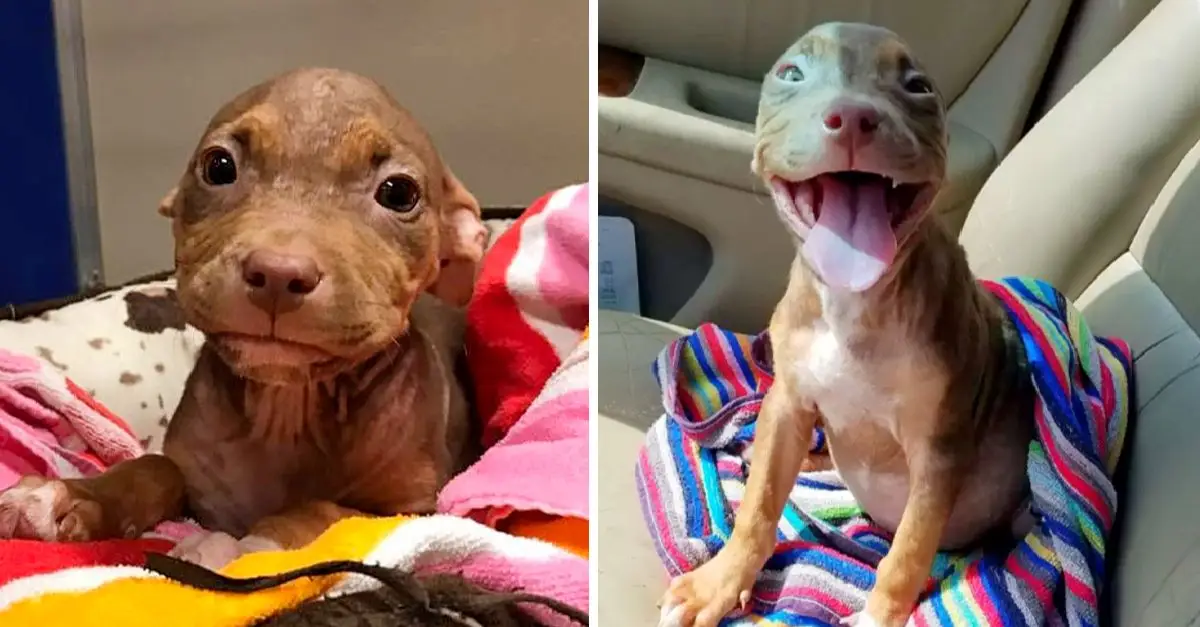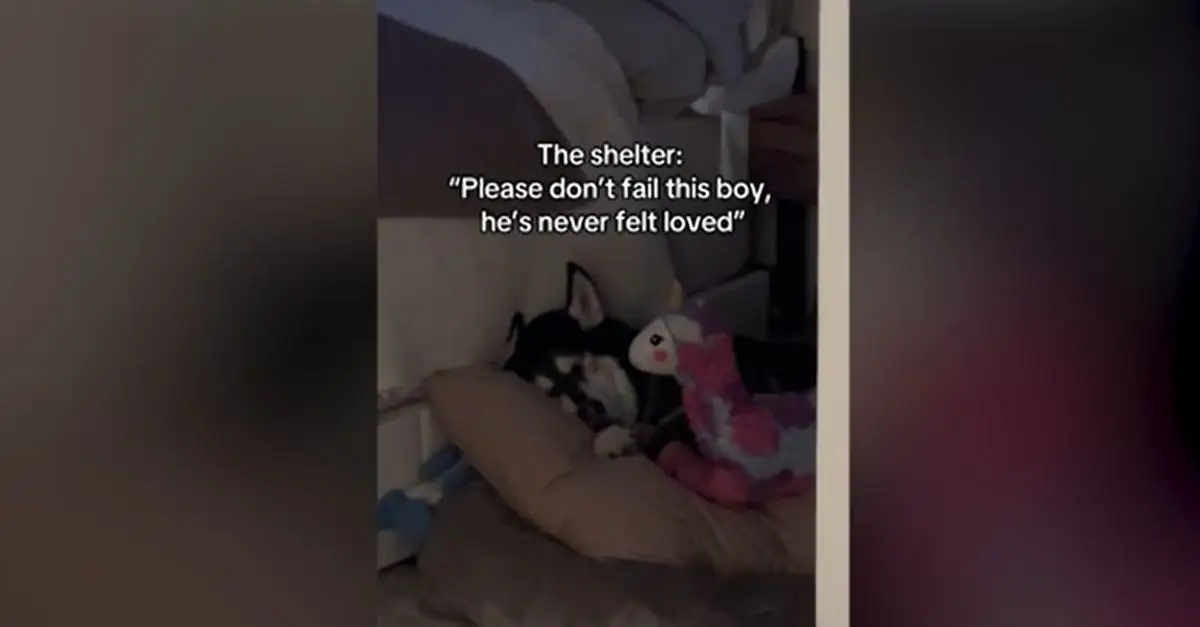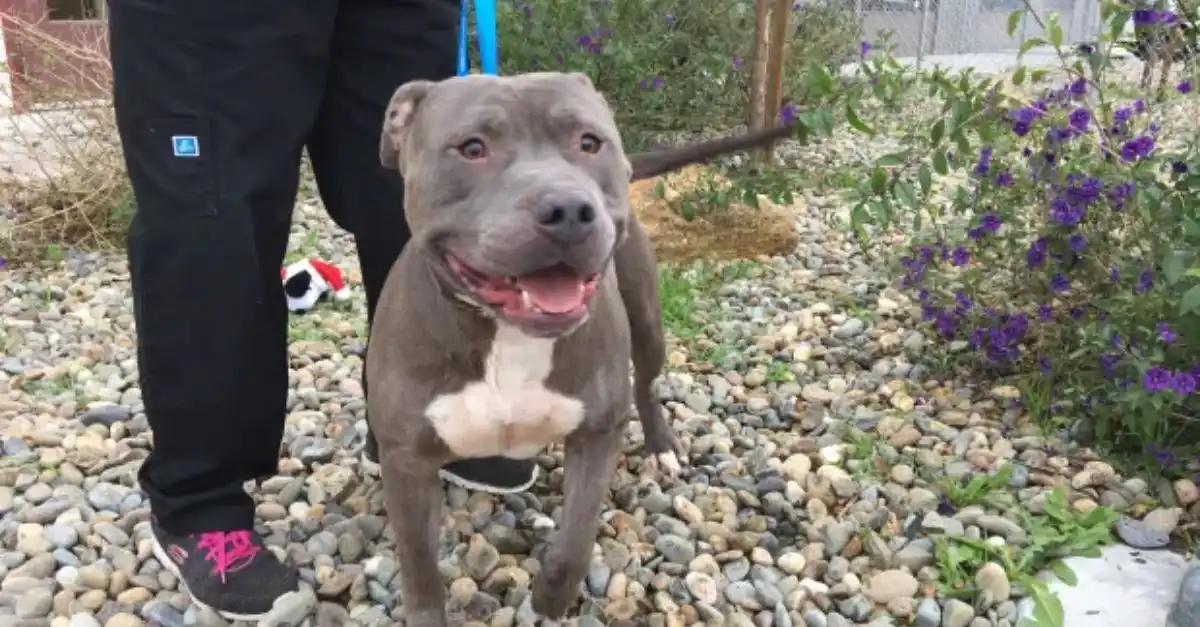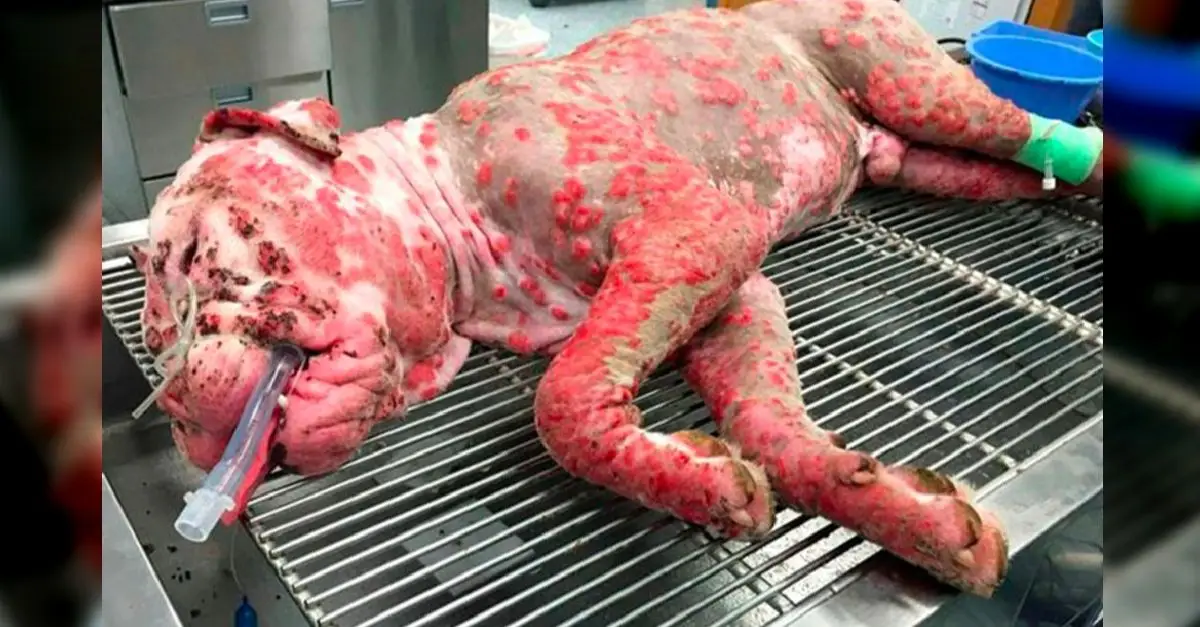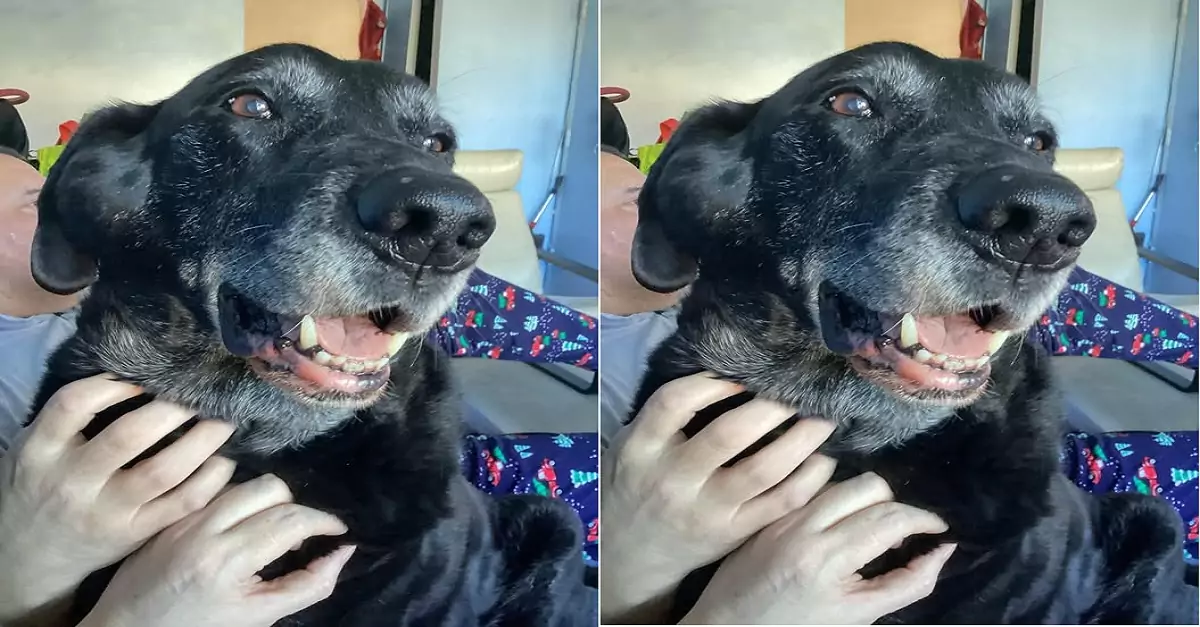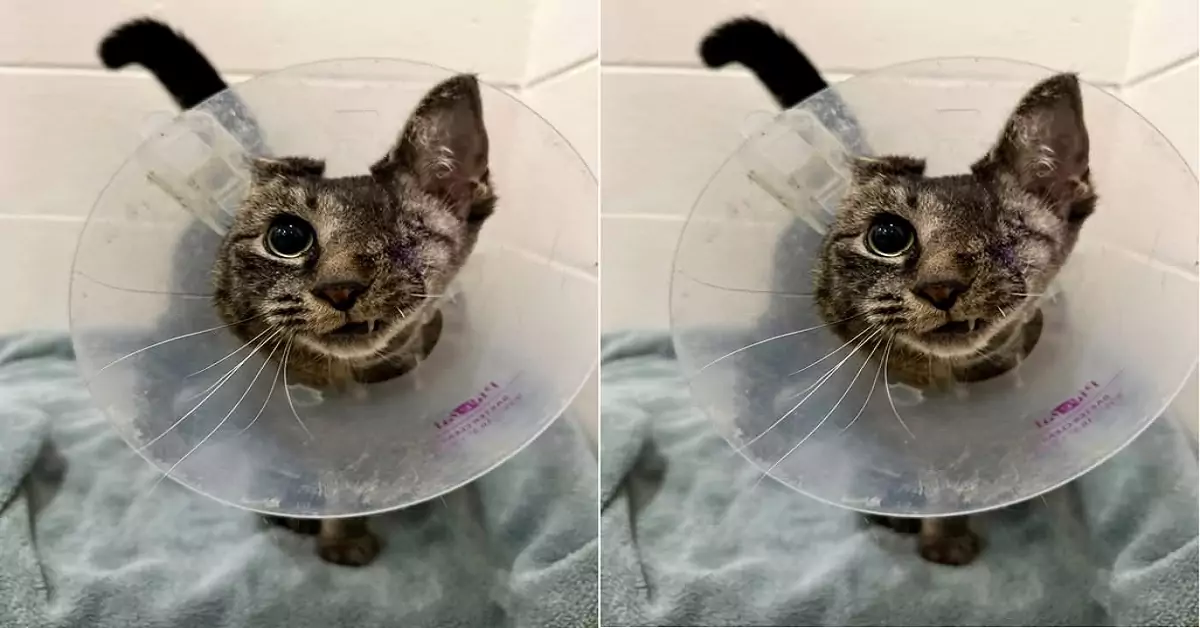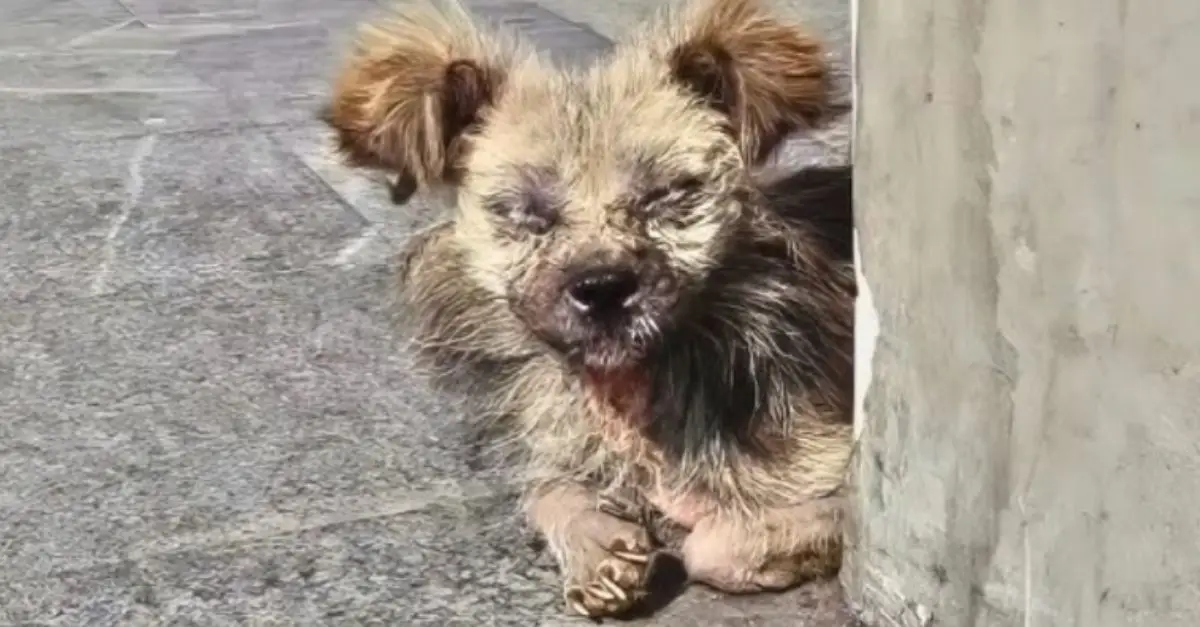The dog lay on the cold concrete floor of the shelter, his hind legs motionless and dragging slightly behind him whenever he tried to move. His coat was patchy, his eyes tired from years of waiting, and his spirit worn thin by the endless cycle of hope and disappointment. For this paralyzed dog, each day brought the same routine—people walking by, glancing at him with varying levels of sympathy, but ultimately moving on to another dog that could run, play, and wag its tail freely.
But today had been different. A family had come to visit, and for the first time in a long while, the dog felt a spark of hope. The shelter staff spoke warmly about him, sharing his story of resilience, the way he had survived despite his disability, and how he longed for a family to call his own. His heart raced as the family approached his kennel. He could see the children’s eyes light up when they saw him. He tried his best to pull himself closer to the gate, wagging his tail in small, weak movements, hoping to show that despite his inability to run, he was full of love.
The father knelt down, making eye contact with the dog. For a moment, it seemed as though this might be the moment he had waited for all his life. The man’s hand extended toward him, and the dog nuzzled it gently, his heart swelling with hope.
But then, a question came: “Can he walk?”
The shelter staff explained that no, he couldn’t walk on his hind legs, but with a wheelchair or just a little help, he could live a happy life. The dog looked up, as if pleading for understanding, as if begging them to see beyond his broken body. He had so much love to give, and all he needed was a chance.
The father’s face changed, hardening with disinterest. He stood up abruptly, brushing his hands off as if to rid himself of any connection to the dog. “I’m sorry, but we want a dog that can run with the kids, play fetch, and be a part of our active lives. This one… he’s just not what we’re looking for.” His words were cold, cutting through the air like a knife.
Without a second glance, the family turned and walked away, leaving the dog behind. The shelter worker’s attempts to persuade them fell on deaf ears. And just like that, the dog’s fragile hope shattered.
The dog watched them leave, his heart breaking in ways words could never fully describe. The rejection wasn’t just of his body—it felt like a rejection of his entire existence. He had done nothing wrong. He had loved as best as he could, given his limitations, and yet, it wasn’t enough.
As the sound of the family’s footsteps faded, the dog curled up in the corner of his kennel, eyes filled with an overwhelming sense of despair. He understood now that, for him, love and acceptance might always be out of reach. His body, broken and weak, had become an insurmountable barrier. The life he dreamed of—running across a yard, sleeping on a cozy bed, being part of a family—would remain just that: a dream.
The wound left by the rejection was deep, not only in his heart but in the hearts of those at the shelter who had seen it all unfold. They had watched him suffer through so much already, and now, they had witnessed him being cast aside like he was worthless. It was more than just a rejection—it was a scar that would remain forever in his soul.
And so, as the sun set on another day in the shelter, the dog lay there, staring out from behind the bars, not with the hope he once had, but with the silent acceptance that this was his fate. No family, no warm bed, no one to love him. Just the endless wait, in a world that had no place for a dog like him.
All he had left was the quiet, aching sorrow that perhaps, for him, love was simply not meant to be.


